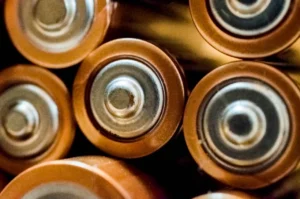
The floating production storage and offloading (FPSO) vessel, a crucial element of the Greater Tortue Ahmeyim (GTA) Phase 1 LNG project, has reached its final location offshore at the maritime border between Mauritania and Senegal.
Currently being moored 40km offshore at a depth of 120m, the FPSO will be operated by bp on behalf of the project partners: bp, Kosmos Energy, PETROSEN, and SMH. Gas will be extracted from reservoirs located approximately 120km offshore via a subsea system.
After completing construction at the COSCO Qidong Shipyard in China, the FPSO traveled over 12,000 nautical miles to the GTA site. Dave Campbell, bp’s Senior Vice President for Mauritania and Senegal, stated, “bp is investing in today’s energy system – and tomorrow’s too, and GTA Phase 1 represents this investment in action. This is a huge landmark step for the project, an innovative LNG development that is leading the way in unlocking gas resources for Mauritania and Senegal. The FPSO vessel has traveled halfway around the globe and its safe arrival and installation is a testament to the resilience, skills, teamwork, and huge effort of all the partners involved. We are now entirely focused on the safe completion of the project as we continue to work towards first gas.”
The GTA Phase 1 project is projected to produce about 2.3 million tonnes of LNG annually for over 20 years. It is the first gas development in the new offshore basin of Mauritania and Senegal, featuring the deepest subsea infrastructure in Africa, with wells at depths up to 2,850m. The project, a multibillion-dollar investment, has been designated as a National Project of Strategic Importance by the Presidents of Mauritania and Senegal.
The FPSO will host up to 140 people during normal operations and is equivalent in area to two football fields and stands 10 stories high. It is constructed from over 81,000 tonnes of steel, 37,000m of pipe spools, and 1.52 million meters of cable.
The FPSO is expected to process over 500 million standard cubic feet of gas per day, removing water, condensate, and impurities before transferring the gas via pipeline to the Floating Liquefied Natural Gas (FLNG) vessel at the Hub Terminal approximately 10km offshore. There, the gas will be cryogenically cooled, liquefied, and stored before being transferred to LNG carriers for export. Some of the gas will be used to meet the growing energy demand in the host countries.







